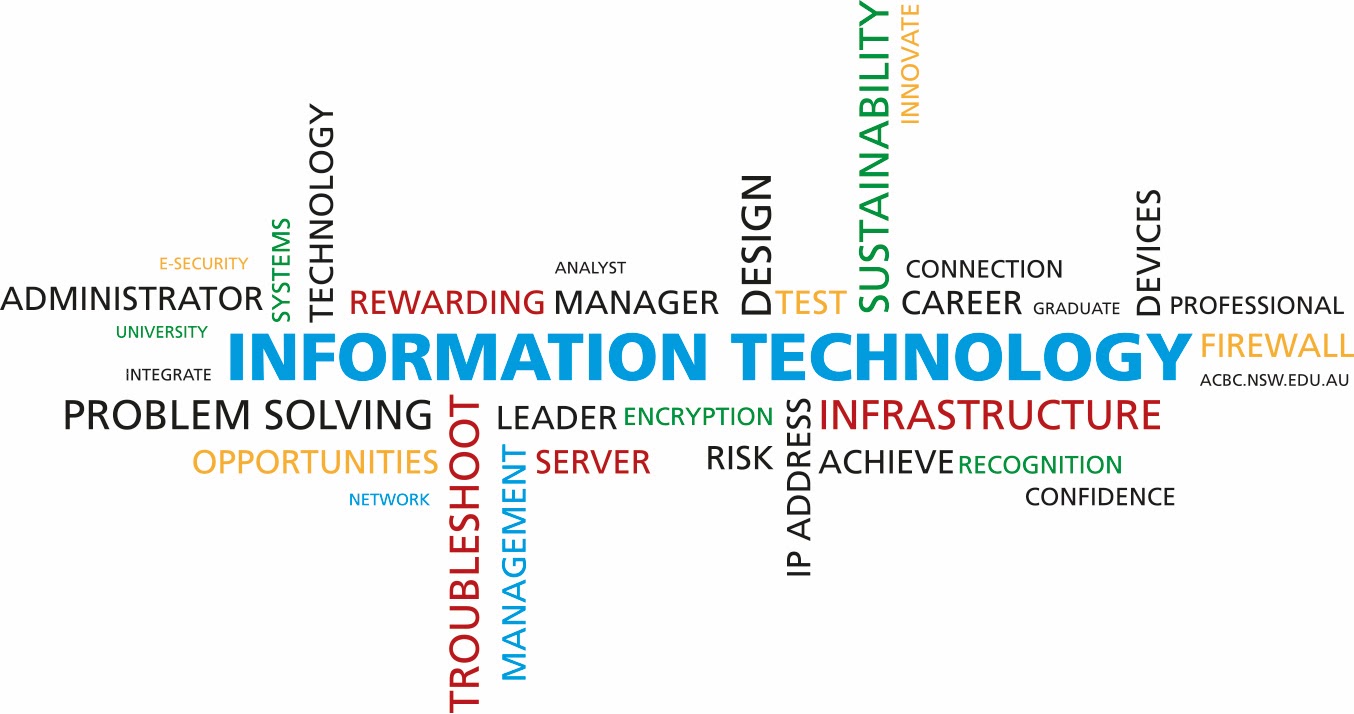According to the data released by the National Crime Records Bureau (NCRB), cyber crime in the country has increased by almost 50 percent. Persons between the ages of 18 and 30 do the maximum crime. In the year 2012, 2876 cases of cyber crime were filed under IT Act and 601 were filed under IPC Section in India. By 2013, the number increased to 4356 undre IT Act and 1337 under IPC Section. The total cases registered in Delhi in 2013 are 191. Maharashtra is the top most state in the list of cyber crime, followed by Andra Pradesh and Karnataka.
Maharashtra: The total number of cyber crimes registered in Maharashtra under IT Acts has risen from 471 registered cases to 681 registered cases when compared 2013 and 2012. The number of cases registered under IPC Section is 226 when compared to the previous year when the number was only 90. In Maharashtra 11 cases were filed against tampering computer sources documents, 275 for hacking while 6 were registered against failure of certification under the IT Act.
The total number of persons arrested is 426, out of which 17 were below the age of 18 years, 214 were between the ages of 18 and 30 years, 161 were between 30 and 45 years, 35 were between 45 and 60 and 3 were above 60. Cyber police had registered 33 cases 2012 under IT Act and 72 under IPC Section in Mumbai but now the statistics has raised to 40 and 92 in 2013. In Pune, it was 76 in 2012 and 97 in 2013.
Andra Pradesh: With total number of 635 cases under IT Act and 16 IPC Section registered cases in 2013, Andra Pradesh is second in the list. This number was 429 under IT Act and 25 under IPC Section in 2012. Total number of cases constitutes 30 cases for tampering computer sources documents, 346 for hacking and 234 for obscene publication.
Persons arrested in AP below 18 are 9, 180 were between 18 and 30, between 30 and 45 are 94 and between 45 and 60 are 13. The total persons arrested were 296 in the state, out of which 83 were from Hyderabad and 1 from Vijayawada.
Karnataka: With the statistical number of 412 cases in 2012 and 531 in 2013, Karnataka is the third state in India with the highest number of cases registered under IT Act. It has recorded 25 cases in 2012 and 20 in 2013 cases filed under IPC Section. The total filed cases under IT Act include 8 cases of tampering computer source documents, 429 for hacking and 48 for obscene publication.
In Karnataka total persons arrested under IT Act were 94 where as under IPC Section are 10. Highest of 49 were arrested between the age of 18 and 30, 49 between the age of 30 and 45 and 3 between the age of 45 and 60. Total of 47 were arrested in Bangalore.
Uttar Pradesh: In 2012, 205 cyber crime cases were filed under IT Act and 44 under IPC Section that reached 513 under IT Act and 301 under IPC Section in 2013. Under IT Act 3 cases are filed for tampering computer source document, 146 for hacking, 159 for obscene publication and 4 for failure in certificate authentication.
In UP, 213 persons were arrested between the age of 18 and 30 and 65 were arrested between the ages of 45 and 60. Cities like Agra, Allahabad, Ghaziabad, Kanpur and Lucknow constitute 40 persons arrested. Highest number of cases 159 is filed against obscene publication followed by 141 cases for hacking.
Kerala: With lowest number in the list of top five highest cyber crime states, Kerala police filed 349 cases under IT Act and 34 cases under IPC Section in 2013. Total number of cases filed in 2012 was 312. The statistics of year 2013 say, the persons arrested under IT Act includes 9 persons below the age of 18, 73 between 18 and 30, 52 between the age of 30 and 45 and 17 between the ages of 45 and 60. The total persons arrested were 169.
In Kerala maximum of 177 cases were registered against obscene publication followed by 129 cases against hacking. In cities like Kollam and Kochi the number of persons arrested is 11 and 9 respectively.
Madhya Pradesh: The total number of cyber crimes cases registered in Madhya Pradesh under IT Acts was 142 and 282 in 2012 and 2013 respectively. Whereas the number of cases registered under IPC Section was 226 when compared to the previous year when the number was only 90.
In Madhya Pradesh, 1 case was filed against tampering computer sources documents, 240 for hacking while 41 were registered against failure of certification under the IT Act. The total number of persons arrested is 165, out of which 2 are below the age of 18 years, 104 are between the ages of 18 and 30 years, 44 are between 30 and 45 years, 13 are between 45 and 60 and 2 are above 60. In cases of cyber crime, 17 got arrested form Bhopal, 10 from Gwalior and 59 from Indore.
Rajasthan: The number of cases registered in Rajasthan under IT Act in 2012 was 142 that increased in 2013 to 239 and under IPC Section it was 7 which increased drastically to 58. In Rajasthan, 2 people who were arrested are below the age of 18, 104 are between 18 and 30, 46 are between 30 and 45 and 11 are between 45 and 60. Cyber police arrested 41 persons only form the capital, Jaipur. Maximum of 147 cases were filed for hacking followed by 81 cases of obscene publication.













